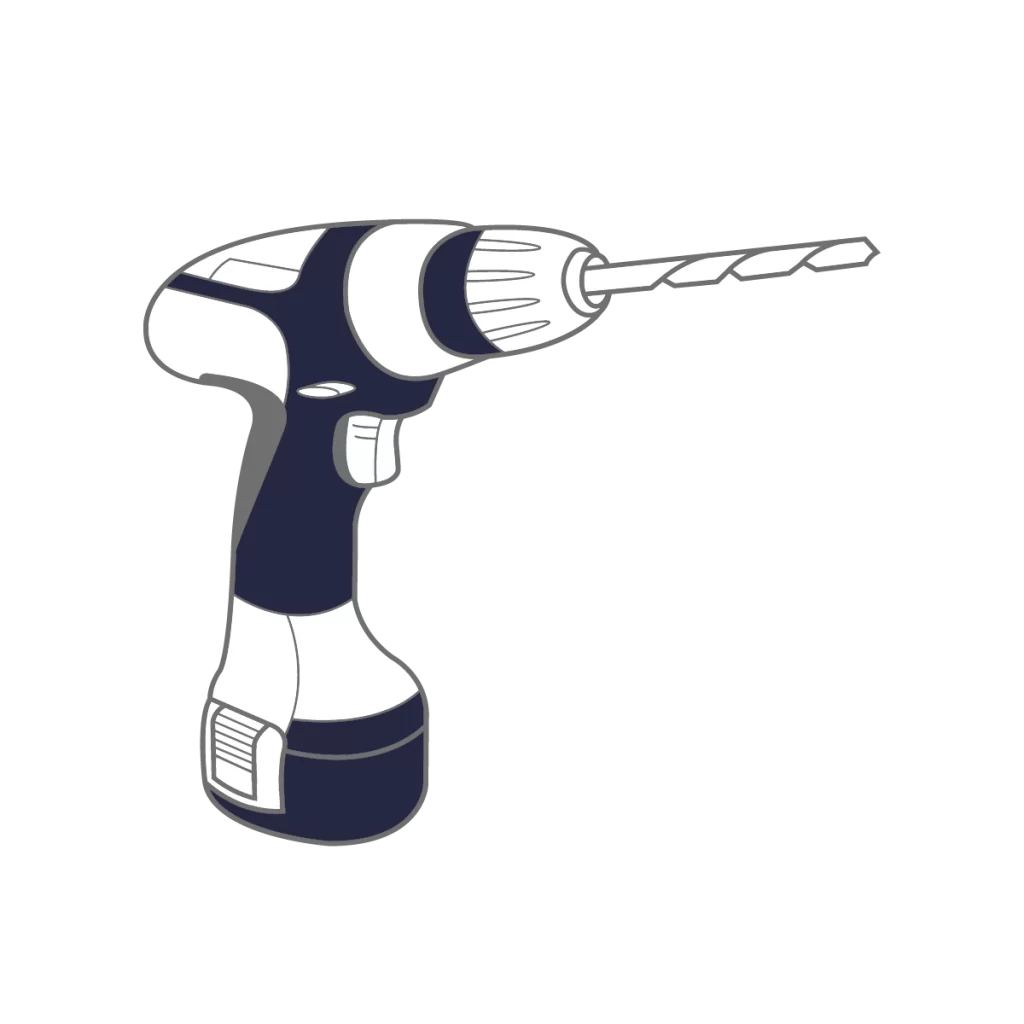How to fit Roller Blinds
Roller blinds are a popular, efficient, and easy-to-install window covering option. They enhance your room’s aesthetics quickly and provide a durable finish.
Need to consider when fitting
Before commencing installation, it’s essential to check a few things:
- Verify for any obstructions such as window handles and vents. Ensure that you have measured the required area for fitting and adjust the blind forward to accommodate these obstructions.
- Familiarize yourself with the child safety instructions provided with the blind. Keep a screw handy to securely attach the chain safety device to the wall.
- If space is limited on the window or outside the recess, consider installing roller blinds on the ceiling above the window. Measure the central point of the window using a spirit level and determine the blind placement on either side of this point (half of the total length).
- Optimal positioning of the blind closer to the window glass yields better results, minimizing light bleed.
- When fitting blinds to UPVC windows, prefer fixing them to the plaster above the windows. However, if no other option is available, you can still use a masonry drill on the UPVC and proceed with fitting as usual.
To properly fit your blinds, you will need:
- Pencil: For marking the placements of your brackets on the wall or window frame.
- Screwdriver or power drill: To efficiently install the brackets and screws.
- Measuring tape: To accurately measure the positions for bracket placements.





Fitting Instruction
Step 1:- Position the brackets
- First, identify the control end of your blind, which is the sidewinder with the chain control. The opposite end is the pin end.
- Next, determine where you want your roller blind to hang, whether inside or outside your recess. You have the option to ‘top fix’ to the ceiling/lintel or ‘face fix’ to the wall.
- Use a pencil to mark the positions of the brackets and the drill holes. Then, take your screws and start mounting one of the brackets. Leave this bracket slightly loose and screw in the second hole.
- Once the second hole is partially screwed in, return to the first screw and fully tighten it. Repeat this process for the opposite bracket.

Step 2:- Fitting the Roller Blind
- Take your blind, keeping it wound up, and insert the pin end (the end without the chain control) into the brackets.
- Connect the other side by pressing the pin end in and slotting the blind into the cross-shaped depressions. Apply downward pressure until the blind clicks into place securely.
- Pull the blind down to verify its level and ensure it operates smoothly. You may use a spirit level to confirm that the blind is perfectly level within the brackets.
- Install your child safety device onto the wall, making sure to pull the control chain as tightly as possible to minimize any hazards.

Here are some tips to help you care for your blinds:
- Regular Cleaning: Dust and debris can accumulate on blinds over time, so it’s important to clean them regularly. Use a duster, vacuum cleaner with a brush attachment, or a microfiber cloth to gently remove dust from the slats or fabric.
- Spot Cleaning: For stains or spills, spot clean the affected area using a mild detergent and water. Avoid using harsh chemicals or abrasive cleaners, as these can damage the material of the blinds.
- Avoid Moisture: Excessive moisture can warp or damage certain types of blinds, such as wooden blinds or fabric blinds. Avoid installing blinds in areas with high humidity, such as bathrooms or kitchens, or take measures to prevent moisture from reaching the blinds.
- Adjust Carefully: When raising or lowering blinds, be gentle and avoid pulling on the cords or mechanisms too forcefully. This can cause damage to the blinds or the operating mechanisms.
- Regular Maintenance: Check the blinds regularly for any signs of wear or damage, such as frayed cords or broken slats. Address any issues promptly to prevent further damage and ensure the longevity of your blinds.
Child Safety
Cord Safety Devices: If cordless blinds aren’t feasible, ensure that blinds with cords or chains are fitted with appropriate safety devices. These devices include tensioners, cord cleats, or cord stops, which keep the cords out of reach of children or prevent them from forming dangerous loops.
Keep Cords Out of Reach: Regularly inspect the blinds and ensure that cords or chains are kept out of reach of children. This might involve shortening the cords or using tie-downs to secure them safely away from children’s reach.
Install High or Concealed Fixtures: Install blinds out of reach of children whenever possible. Mounting blinds high on the wall or using concealed fixtures can help prevent children from accessing cords or chains.
Follow Manufacturer’s Instructions: Always follow the manufacturer’s instructions for installation, operation, and maintenance of blinds. They often provide specific guidance on child safety.
Stay Informed: Keep informed about current safety standards and recommendations regarding window blind safety. Stay updated on any recalls or new safety features available for blinds.
By implementing these measures, caregivers can help minimize the risk of accidents associated with roller blind cords or chains and ensure a safer environment for children.
